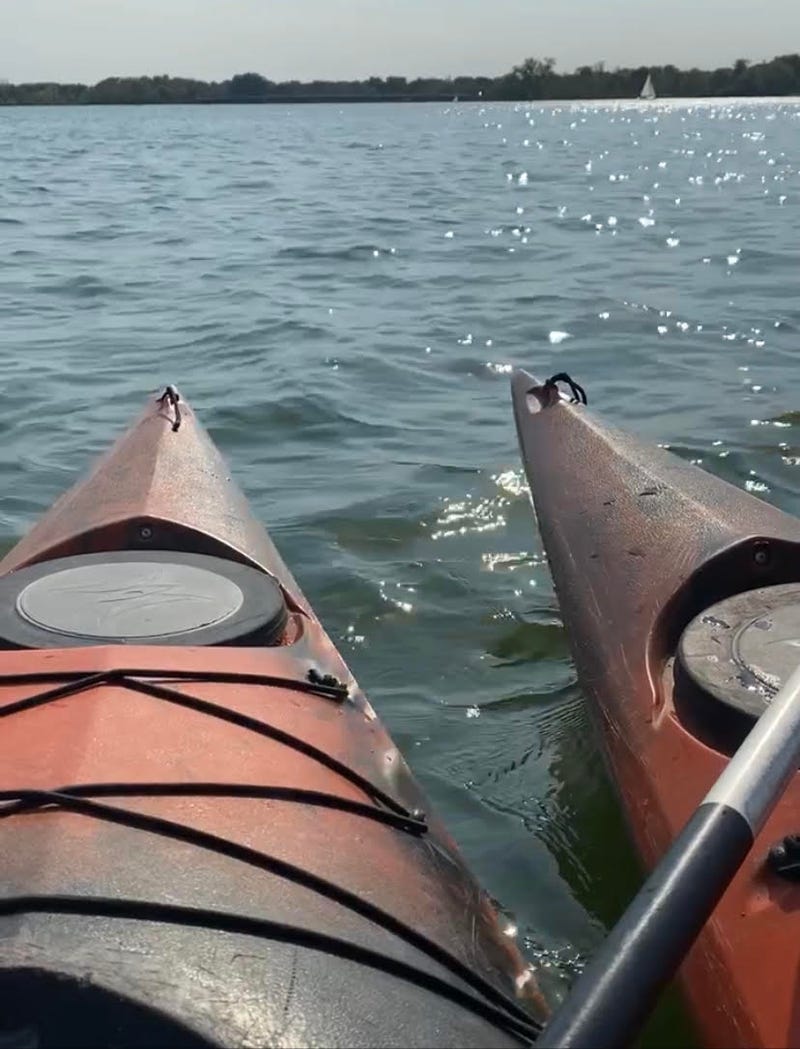
June has brought scorching hot temperatures across Minnesota. That and a dry spell have led to brown lawns and near record low water levels.
In a two-part series, we’ll explore the seen and unseen ripple effects of drought, starting with water systems.
According to the US Drought Monitor this week, 75% of the state is in moderate drought, 14% -- concentrated in southern and northwestern Minnesota -- is in severe drought, and the entire state is abnormally dry. Compared to last year at this time when 52% of the state had no drought conditions. The last significant drought was 2012 but farmers and climatologists bring up the extreme drought of 1988.
“The weather profile we’ve seen so far this spring is comparable to that 1988 drought, although we don’t have any evidence to suggest it will be quite that bad,” Trevor Russell, the Water Program Director with Friends of the Mississippi River, said. “Long term, this is a reflection of changes in weather pattern dynamics that we do anticipate to continue and amplify over time due to the effects of climate change.”
The Minnesota Department of Natural Resources reports rising water temperatures and dry conditions have led to a fish die-off earlier than normal. The Pollution Control Agency says those conditions are ripe for a blue-green algae bloom which disrupts boating, swimming and recreation.
Officials with the Minnehaha Creek Watershed District in the last month have observed the streams flowing into Lake Minnetonka drying up.
“The difficulty is not just that it hasn’t been raining, but that it’s been hot,” Project and Land Manager Tiffany Schaufler with the Watershed District said. “On a hot windy day on a lake as big as Lake Minnetonka you lose water very fast to evaporation. Between Monday and Wednesday we lost almost an inch just because it was so windy.”
The current drought conditions and heat also can have an effect on drinking water systems. Water levels are not anticipated to drop enough to compromise drinking supplies for the approximately 1 million Minnesotans who drink directly from the Mississippi River. However, those who depend on wells should be prepared to make changes to water consumption.
“Prolonged droughts have a history of putting stress in our aquifers, our underground wells that provide drinking water for most of Minnesota,” Russell said. “As this drought continues, and we don’t see rain events that are recharging our aquifers, we are putting stress on our wells and you should expect to see over time restrictions on things like lawn and garden watering, even things like pools and splash pads temporarily closing.”
Plant life has continued to grow despite the low water levels. Where the Minnehaha Creek starts at Lake Minnetonka there’s a huge growth of wild rice which only happens in low-level years.
Environmental advocates say there is long-term concern about adapting to a less predictable sequence of weather events, to fewer small rain storms to one-off, large rain events followed by prolonged periods of drought.
“Those big heavy rains don’t do as good a job of providing soil moisture because so much water falls so quickly, much of it runs off into rivers, lakes and streams,” Russell said. “Not enough is able to infiltrate into the ground to recharge the aquifers or the soil. So that cycle of wet-dry-wet-dry can continue to place more stress on both drinking water systems, our natural environment and agriculture and that is something we anticipate will get worse over time.”
